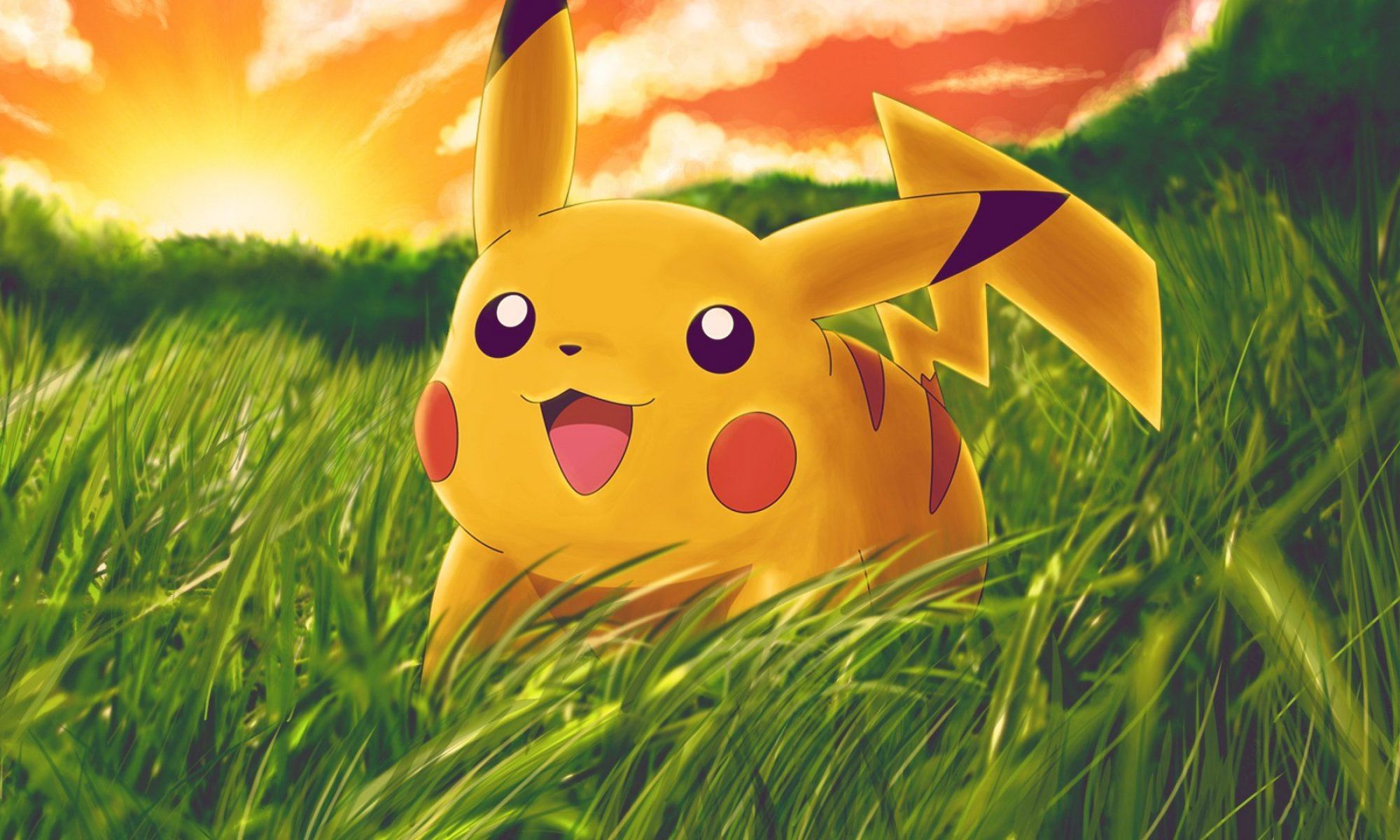By Leonie Herson
The POP cards, called Pokemon Organised Play, were sets of cards not able to be found in the main Pokemon card franchise. The English version of these cards had originated from Japanese promotional cards. The cards could usually be found being given away in 2 card booster packs within magazines, collector tins, value packs or at special events. This encouraged participation in the Pokemon card game.
There are nine POP series to date, with seventeen cards in each series. New series appear every six months as announced by Pokemon USA. Each series featured rare holographic cards and Pokemon EX. The chance of finding one of these cards was very low. POP cards are identified by the POP logo in the bottom right hand corner (a Pokeball) with its respective series number next to it. POP began distributing cards in September 2004, after the EX Fire red and Leaf green card series. It featured characters from the second and third generations.
For Japan, the same cards were given out during the Meiji chocolate campaign in June 2004, a McDonalds promotional event in 2004 (Sceptile and Swampert) and in a May 2003 issue of a CoroCoro magazine (Armaldo EX). However unlike its English counterparts, the Japanese versions did not have the POP logo, which was replaced with the Black star promo symbol.
Later in 2005 the second POP set became the first shown at the Pokemon Trading Card Game World Championships, which has now become tradition for the POP series and had helped to increase its popularity. Unfortunately, due to a late release, POP series three was only available for four months. This has been the shortest duration of any POP series at this time. Rare cards were also becoming more easily found as they were distributed though collector tins. Series four introduced holographic versions of the common characters Pikachu, Mudkip, Wobuffet and Combusken.
Though an unusual move, these more common holos have continued for every future POP series. Series five included two gold star cards (shining version) of Espeon and Umbreon, and series six featured Pokemon from the fourth generation. Booster packs from POP series eight now included an energy card, increasing the boosters to three cards per pack. Due to the different variations in cards from series eight, this raised the total number of cards in the set to twenty-nine, making it the largest POP series to date. The current POP series nine only features Pokemon and energy cards, with holographic versions of some of the rare cards being included in mainstream card packs.
Tags: Espeon, Fire Red, Leaf Green, Umbreon, World Championships
